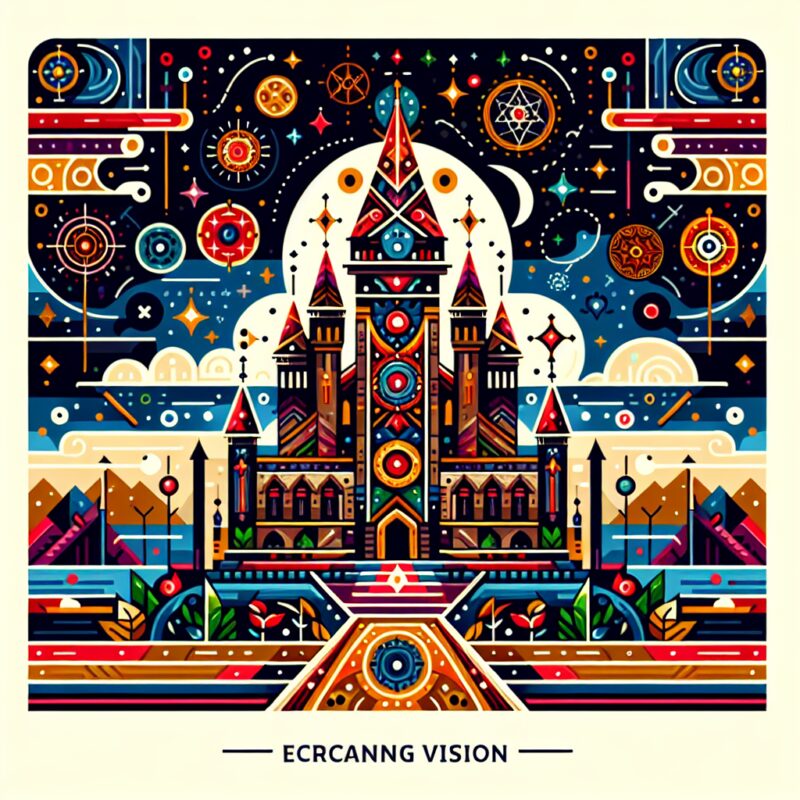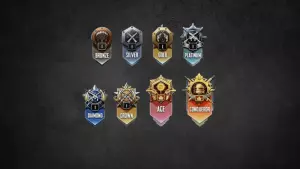Apex Legends in the Esports Arena
H2: Apex Legends’ Unique Place in Battle Royale Esports
Apex Legends launched in 2019 during the height of the battle royale craze. Unlike its competitors, it combined the 100-player free-for-all mode with the characteristics of a hero shooter. This blend created a unique audience and quickly established Apex Legends as a notable title in esports.
H3: Early Growth and Challenges in Apex Legends Esports
By 2020, organizations and players flocked to Apex Legends. Electronic Arts (EA) and developer Respawn built an ecosystem to attract viewers. However, the initial growth was slow until major organizations like TSM, FaZe Clan, Fnatic, and OpTic Gaming invested in the scene. Despite the game’s popularity, not everything was smooth. Teams like 100 Thieves and G2 left the competitive circuit, voicing discontent with the ALGS structure and revenue-sharing issues.
H2: ALGS Structure and Competitive Circuit
Apex Legends Global Series (ALGS) is the main competitive circuit. It consists of two major segments: the Challenger Circuit and the Pro League. The Pro League features three major LAN events: the Split 1 Playoffs, Split 2 Playoffs, and the World Championship.
Jasmine Chiang, Senior Brand Marketing Manager at Apex Legends Esports, highlighted the substantial prize pool of $5 million for Year 4, with significant amounts allocated for the Split Playoffs and the Championship. The Pro League spans four regions, with 120 teams competing for spots in international LAN competitions.
H3: Consistent Viewership and Attendance
While the ALGS may have fewer events compared to other battle royale titles like PUBG, its consistency sets it apart. Viewership numbers have remained relatively stable. The 2024 Split 2 Playoffs in Mannheim, Germany, saw record attendance for a European event and peaked at 400,000 concurrent viewers. This is a significant increase compared to earlier competitions.
H2: Opportunities for Up-and-Coming Teams
The Challenger Circuit runs alongside the Pro League, offering a platform for emerging teams. Additionally, Apex Legends is launching an open tournament series called the BLGS, with a $400,000 prize pool across four regions. This aims to provide more opportunities for competition and engaging content for fans.
H3: Growth and Stability in Apex Legends Esports
Since 2020, Apex Legends’ competitive circuit has grown annually, with rising viewership and increasing prize money. The ALGS Year 3 was the most viewed season to date, with a total watch time of 47.9 million hours. Going into Year 4, the focus remains on continuing this momentum.
H2: Partner Club Model and Match Point Format
Apex Legends adopted a partner club model early on, offering financial stipends and engagement opportunities for select teams. This model has since become common in esports, used by games like VALORANT and PUBG Mobile.
A unique feature of ALGS is the Match Point format. To win, a team must first reach 50 points and then achieve a victory royale. This keeps the competition intense and ensures that the winner is determined by overall performance rather than just the last game.
H3: Balancing Act of Updates and Competitions
Developers often dictate the path of a game, affecting both casual and competitive scenes. Apex Legends frequently updates its features, characters, and maps, which can cause balance issues but also rejuvenate its competitive scene. Despite these challenges, Apex Legends’ esports competitions remain fresh and engaging.
H2: Future Prospects of Apex Legends Esports
Apex Legends has shown a track record of success, with growing numbers and an innovative format. The Year 4 World Finals will be held in Japan in January 2025, marking the first time the event will take place there. Apex Legends is poised to remain a significant player in the battle royale esports genre moving forward.
In conclusion, Apex Legends has carved a unique niche in the esports world. Its blend of battle royale and hero shooter elements, consistent competitive structure, and innovative formats have helped it stand out. Despite challenges, the game continues to grow, offering promising prospects for the future.

